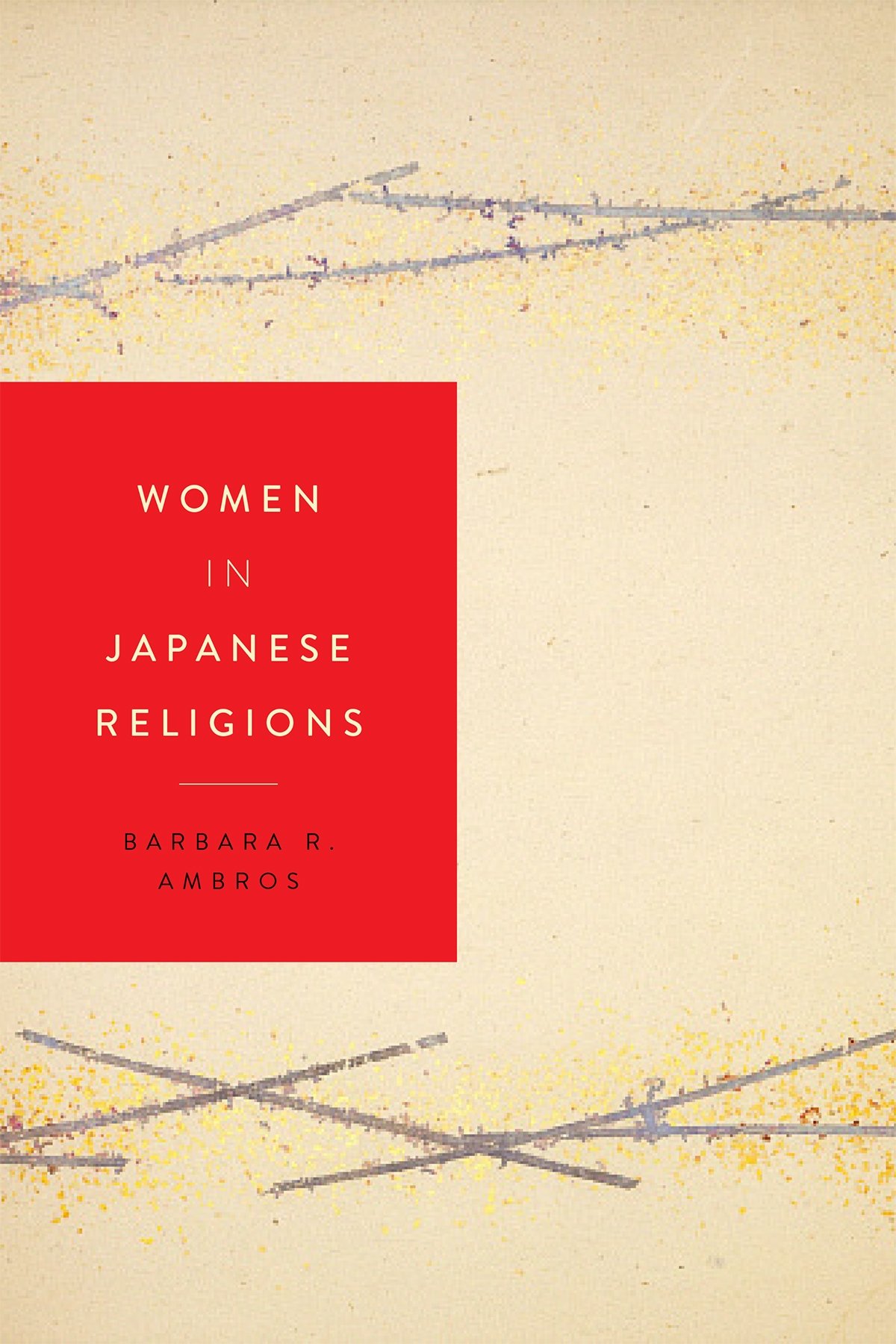Women in Japanese Religions
by Barbara R. Ambros
2020-05-15 23:17:30
Women in Japanese Religions
by Barbara R. Ambros
2020-05-15 23:17:30
A comprehensive history of women in Japanese religious traditions Scholars have widely acknowledged the persistent ambivalence with which the Japanese religious traditions treat women. Much existing scholarship depicts Japanâs religious traditio...
Read more
A comprehensive history of women in Japanese religious traditions Scholars have widely acknowledged the persistent ambivalence with which the Japanese religious traditions treat women. Much existing scholarship depicts Japanâs religious traditions as mere means of oppression. But this view raises a question: How have ambivalent and even misogynistic religious discourses on gender still come to inspire devotionand emulation among women? In Women in Japanese Religions, Barbara R. Ambros examines the roles that women have played in the religions of Japan. An important corrective to more common male-centered narratives of Japanese religious history, this text presents a synthetic long view of Japanese religions from a distinct angle that has typically been discounted in standard survey accountsof Japanese religions. Drawing on a diverse collection of writings by and about women, Ambros argues that ambivalent religious discourses in Japan have not simply subordinated women but also given them religious resources to pursue their own interests and agendas. Comprising nine chapters organized chronologically, the book begins with the archeological evidence of fertility cults and the early shamanic ruler Himiko in prehistoric Japan and ends with an examination of the influence of feminism and demographic changes on religious practices during the âlost decadesâ of the post-1990 era. By viewing Japanese religious history through the eyes of women, Women in Japanese Religions presents a new narrative that offers strikingly different vistas of Japanâs pluralistic traditions than the received accounts that foreground male religious figures and male-dominated institutions.
Less





.jpg)
























